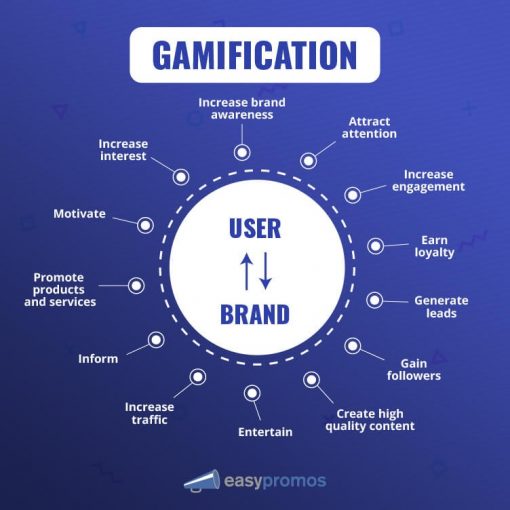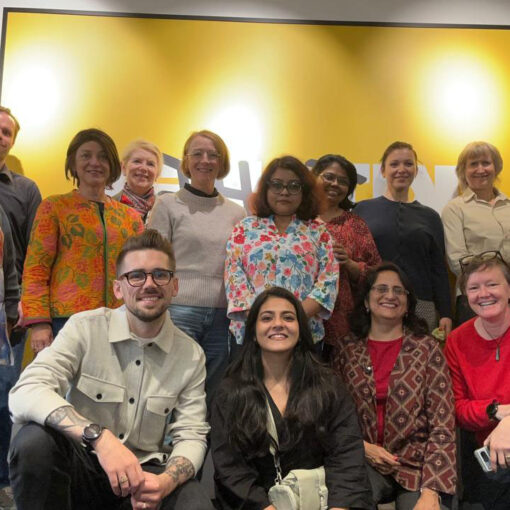Successful companies utilize innovations at a strategic level. Organizations with innovation activities increase their turnover fourfold as compared to those who do not. Innovations have helped successful organizations enter new markets or new market areas. 84 percent of top leadership believes innovations are essential critical growth drivers. Innovation investment increases are planned by 71 percent of executives. (McAgy 2024; de Jong et al. 2025; Lunendonk 2025.)
Research, development, and innovation with a sustainability focus sees an increase of 30 percent, as sustainable innovations simultaneously meet market demand and also reduce costs (Larson 2023). Collaboration and innovation networks are seen to grow by 25 percent, as partnerships allow for expansion of resources as well as knowledge. 75 percent of leaders believe in innovation collaboration as a means for growth, compared to 25 percent of leaders who believe in organic growth. (Clifford Chance 2020.)
Innovation is not only a specific phenomenon, but a complex entity, with different forms in different contexts. Innovations are essential for organizations to maintain the market position and competitive advantage, as well as growth at the organizational level (Kerr 2015). Organizations can utilize different types of innovation types according to market positioning as well as overall company strategy. The five innovation types are discussed here: open, disruptive, frugal, incremental, and sustaining.

Five innovation types
Open innovation is based on the idea that organizations should utilize outside knowledge and co-operation in their development work. Open innovation is an integral part of digital transformation, where stakeholders, like clients and research institutes, bring added value to development. (Brusila-Meltovaara et al. 2024.)
A disruptive innovation changes the market by providing simpler and less expensive solutions, servicing a minority at first, however, rapidly challenging existing providers. Examples of disruptive innovations are Airbnb and Uber, which have disrupted the hotel industry and transportation business. (Wu & Li 2024.)
Frugal innovations are innovations whereby good-quality items are produced with as few resources as possible. This innovation type is specifically important for developing markets, where cost-effectiveness and accessibility are key (Escudero-Cipriani et al. 2024).
Incremental innovation relates to improving an existing product, process or service gradually, step by step. It is the most common form of innovation and a major in organizations maintaining their competitive advantage. An example of incremental innovation are Apple phones, with new models with improvements. (Chen et al. 2024.)
Sustaining innovations improve existing products, services or processes without radically changing the market or customer base. Sustaining innovations help organizations maintain their competitive advantage and answer increasing customer demands. Even though sustaining innovations are not as groundbreaking as disruptive innovations, they are however central to long-term business development activities.
Co-operation networks between universities of applied sciences and organizations enable the development and creation of different types of innovations. Networking and co-operation enhance synergies, help face challenges, and make possible breakthroughs in various industry sectors. (Cao & Liu 2025.) Diverse teams further innovations and market growth, as different viewpoints and life experiences increase creativity and problem-solving skills (Hewlett, Marshall & Sherbin 2013). In conclusion, understanding the complexity of innovations helps organizations choose the right approach. Utilizing available university networks also furthers innovation capabilities. The basis for sustainable innovation can thus be based on resilience, resource efficiency, continuous development and, for example, university networks.
Author
Dr. Kristiina Brusila-Meltovaara is a Principal Lecturer at the Faculty of Technology at LAB University of Applied Sciences. She has long experience in industry as a Finance and HR Director, as well as years of experience in lecturing, curriculum development, e-learning, development of teaching and learning materials, and commercializing trainings and university services. Her current research interests include innovation work, commercialization, leadership and management, ethics, sustainability, and corporate governance, particularly the leadership thereof.
References
Brusila-Meltovaara, K., Makkonen, P., Siakas, K. & Lampropoulos, G. 2024. September. Open Innovation Capabilities and Competences. In 19th European Conference on Innovation and Entrepreneurship. Universidade Portucalense. Cited 28 Aug 2025. Available at https://osuva.uwasa.fi/server/api/core/bitstreams/c4c13d1d-6851-4b11-8e6a-cb73029a772e/content
Cao, J. & Liu, B. 2025. Study on Industry-Academia Synergistic Innovation Networks and Influencing Factors. In Artificial Intelligence, Medical Engineering and Education, 558–566. IOS Press. Cited 28 Aug 2025. Available at https://doi 10.3233/ATDE250169
Chen, X., Xie, H. & Zhou, H. 2024. Incremental versus radical innovation and sustainable competitive advantage: A moderated mediation model. Sustainability. Vol. 16 (11), 4545. Cited 28 Aug 2025. Available at https://doi.org/10.3390/su16114545
Clifford Chance. 2020. The Opportunities and Risks of Technology-Driven Collaboration. Forbes Insights 25 Feb 2020. Cited 3 Sept 2025. Available at https://www.forbes.com/sites/insights-cliffordchance/2020/02/25/the-opportunities-and-risks-of-technology-driven-collaboration/
de Jong, M., Banholzer, M., Doherty, R. & LaBerge, L. 2025. How top performers use innovation to grow within and beyond the core. McKinsey Quarterly 21 Feb 2025. Cited 3 Sept 2025. Available at https://www.mckinsey.com/capabilities/strategy-and-corporate-finance/our-insights/how-top-performers-use-innovation-to-grow-within-and-beyond-the-core
Escudero-Cipriani, C., García-del Junco, J., Chafloque-Céspedes, R. & Alvarez-Risco, A. 2024. Frugal innovation in the business environment: a literature review and future perspectives. Frontiers in Artificial Intelligence. Vol. 7, 1385522. Cited 28 Aug 2025. Available at https://www.frontiersin.org/journals/artificial-intelligence/articles/10.3389/frai.2024.1385522/full
Hewlett, S. A., Marshall, M. & Sherbin, L. 2013. How Diversity Can Drive Innovation. Harvard Business Review. Cited 3 Sept 2025. Available at https://hbr.org/2013/12/how-diversity-can-drive-innovation.
Kerr, W. R. 2015. Innovation and Business Growth. In Austrian Council for Research and Training Development. (ed.). 2015. Designing the Future: Economic, Societal and Political Dimensions of Innovation, 137–156. Vienna, Austria: Echomedia Buchverlag. Cited 3 Sept 2025. Available at https://www.hbs.edu/faculty/Pages/item.aspx?num=50066.
Larson, E. 2023. Five Reasons Why Innovation Decisions Succeed 2.5X More Often at Top Companies. Forbes. Cited 3 Sept 2025. Available at https://www.forbes.com/sites/eriklarson/2023/10/25/five-reasons-why-innovation-decisions-succeed-25x-more-often-at-top-companies/
Leinonen, T. 2022. Lab-lappeenranta-campus-3. LAB Press Images. Cited 3 Sept 2025. Available at https://lut.pictures.fi/kuvat/LAB+Press+Images/CAMPUSES/lab-lappeenranta-campus–3.jpg
Lunendonk, M. 2025. 37 Business Innovation Statistics for 2025. Keevee. Cited 3 Sept 2025. Available at https://www.keevee.com/business-innovation-statistics
McAgy, L. 2024. How innovation best drives business growth. Forbes Business Council 3 Jul 2024. Cited 3 Sept 2025. Available at https://www.forbes.com/councils/forbesbusinesscouncil/2024/07/03/how-innovation-best-drives-business-growth/
Wu, Y. & Li, Z. 2024. Digital transformation, entrepreneurship, and disruptive innovation: evidence of corporate digitalization in China from 2010 to 2021. Humanities and Social Sciences Communications. Vol. 11 (1), 1–11. Cited 28 Aug 2025. Available at https://www.nature.com/articles/s41599-023-02378-3.pdf




